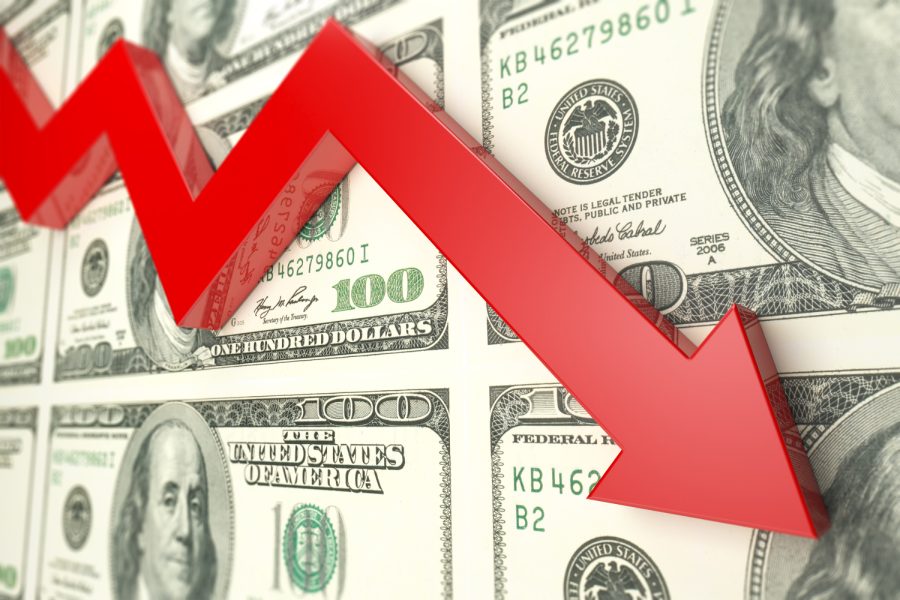Opinion | What is going to cause the recession
Government spending isn’t the answer.
October 23, 2022
A specter is haunting the American economy: the specter of recession.
With job growth dramatically slowing in recent months, many economists have predicted the U.S. economy will be in a state of recession either by the end of the year or the beginning of next.
The impending recession has one deliberate cause: the Federal Reserve’s decision to hike up interest rates to stabilize inflation in the short term.
Republicans — like Sen. Chuck Grassley, R-Iowa — blame the cause of the impending recession on the Biden administration’s spending.
To understand why the Republican argument is incorrect, one has to know what exactly the Biden administration’s big American Rescue Plan did.
The American Rescue Plan was a classic example of expansionary fiscal policy, meaning the federal government injected $1.9 trillion into the U.S. economy.
Along with two previous stimulus bills, the American Rescue Plan was passed during the pandemic when businesses shut down and workers were laid off. These laws gave businesses and workers extra money to stay afloat.
Additionally, these bills sent cash to consumers (through stimulus checks and tax credits) so they could spend more money.
In conjunction, the Federal Reserve began to enact an expansionary monetary policy known as quantitative easing.
The mechanisms of quantitative easing can be boiled down to the Federal Reserve expanding their balance sheets to keep the banking system from collapsing. As a result of quantitative easing, the Federal Reserve had injected more than $2.3 trillion into the U.S. economy by the end of 2021.
Actions of expansionary fiscal and monetary policy do not cause recessions. They prevent them by increasing the amount of money that consumers and firms have at their disposal. Consumers and firms then spend their disposable cash, thus keeping the economy out of recession.
However, when expansionary stabilization policies go big, they have the unintended effect of causing inflation. When hundreds of millions of people have disposable cash to spend, they are going to spend it, and businesses are going to increase their prices to keep up with demand.
Primarily because of the Federal Reserve’s aggressive policy of quantitative easing, inflation rates have been persistently high, as the current rate of year-to-year inflation is 8.2 percent.
In response, the Federal Reserve shrunk their balance sheets and began to raise its interest rates substantially.
Some traders predict the rate will be at 5 percent by May 2023. For the past few years the interest rate has been at or near zero.
When the Federal Reserve increases interest rates, they are really increasing the federal funds rate — or the overnight interest rate that banks borrow from each other.
This is done to slow how much excess reserves banks lend out to each other.
Because banks would be more incentivized to keep their reserves rather than lending them out, they would also be less likely to lend money to consumers and firms, thus slowing the amount of transactions going on in the economy.
When there are fewer transactions in an economy, firms do not need to hire workers and would be incentivized to fire them, which causes unemployment rates to rise and recession.
The passage of the pandemic stimulus bills was absolutely necessary to keep people afloat. Now that the pandemic is economically irrelevant, the Federal Reserve is imposing growing pains the economy needs to get back on track.
Columns reflect the opinions of the authors and are not necessarily those of the Editorial Board, The Daily Iowan, or other organizations in which the author may be involved.














